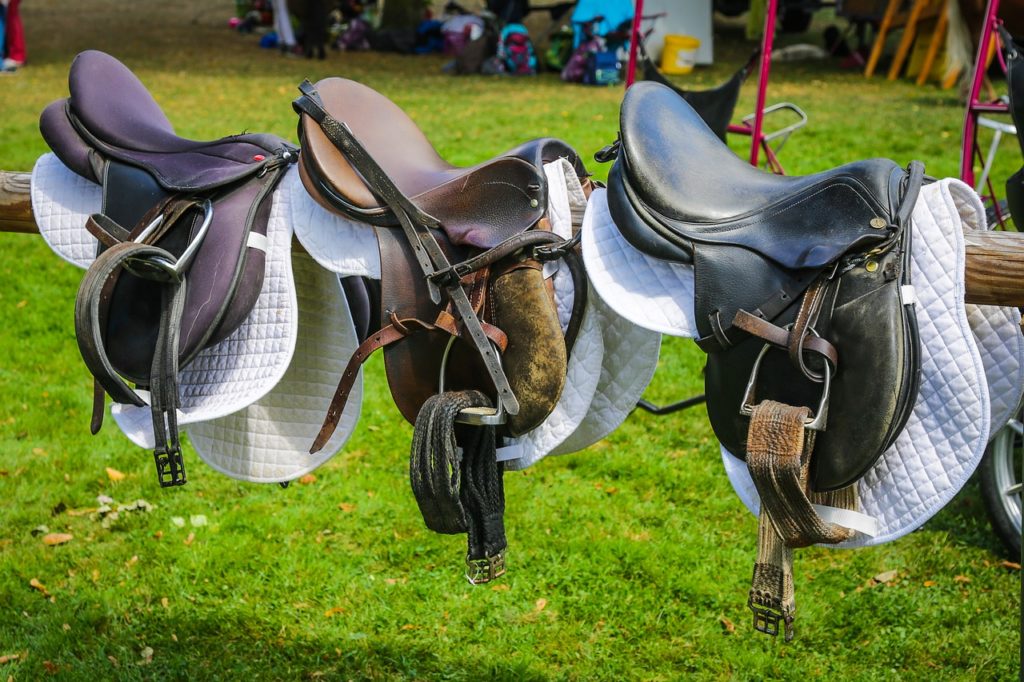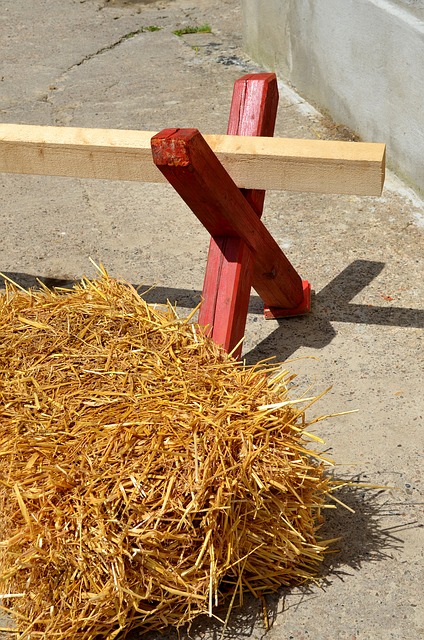So you live on a plot and have seen an ad for a horse for sale near you. Be sure that you know what you are taking on when buying a horse for the first time. Horse ownership is an investment that takes a lot of work and commitment, and you need to be sure that it will be worth it. Be sure that the whole family understands how keeping a horse will impact on everyone.
When you set out to buy a horse it is wise to have a knowledgeable person with you. Even if you are an experienced rider, it helps to have another opinion. If possible try to spend a good deal of time with the horse before you make the final commitment to buy it. It is also acceptable to have a vet perform a pre-purchase exam on a horse if you are seriously interested in buying it.
How much does a horse cost in South Africa?
How long is a piece of string? Horses can range from R2 000 to more than R200 000. This will depend on the breeding, age, training and level of the horse.
What does it cost to keep a horse?
People who own horses like to put stickers on their cars which state, “I used to have money. Now I have a horse.”
Buying and keeping a horse will incur the following costs:
- The horse;
- Transport (you might buy or rent a horse box);
- Feed;
- Vet;
- Farrier;
- Tack (a new saddle, for example, can set you back anywhere from R5 000 to R100 000);
- Cleaning equipment (for both the stable and the horse itself);
- Fly equipment (a flynet for the horse and fly repellents or traps for your stable area);
- Riding clothing (jodhpurs, boots, crash helmets, chaps, gloves etc);
- Perhaps some riding lessons;
- A groom if you choose to employ one.

Tack can get pricey.
If the rider wishes to compete, this will mean transport to and from competitions of both you and the horse, entrance fees, competing clothing (often a formal jacket and particular colours of jodhpurs).
What do you need to keep a horse?
The horse will require a stable and you will also need another room in which to store feed and tack. The floor of your stable should be covered ~ wood shavings are easily procured, but you can also use straw or sunflower shells according to pocket and preference. Avoid anything that the horse might wish to eat.
You will need grazing and might have to provide fodder as well during the day in the paddock, along with what is fed in the stable. Some sort of water trough must be provided in the field. Your field needs to be free of anything which might injure a horse. Adequate and suitable fencing and gates are most important. Depending on what the rider wants to do with the horse, you might also make or buy jumps and training equipment like Cavaletti.

So you bring it home and after a while you make the discovery that no horse is perfect. Each one presents problems for the rider and/or the person looking after it. They are after all huge and hugely complex animals. Each has a personality, likes, dislikes and foibles. He/she requires a great deal of patience and probably training ~ as does the rider.
Keeping a horse requires a great deal of time: feeding, mucking out, grooming, tacking up, riding, rubbing down and general care ~ most of which is done seven days a week.

Should you buy a horse or a pony?
Horses are classified by their height, measured in hands. A hand is equal to four inches or around 10cm. The horse’s height is measured up its foreleg to its withers, the lump of bone that sticks up between the end of its neck and the start of its backbone.
If the height is less than 15 hands the horse can also be called a pony. Some small breeds are ponies, eg Shetlands and Welsh Ponies, but apart from those the term pony refers to the size of a small horse, nothing more ~ therefore all ponies are horses but not all horses are ponies.
It is generally deemed better that young children ride ponies (apart from anything else they’re less of a height to fall off). When they become teenagers, however, it is mandatory for youngsters who wish to compete in official show jumping and other events to graduate to larger horses (i.e. higher than 15 hands).
If they are non-competitive there is absolutely no reason why teenagers and adults should not continue to ride ponies, provided there is a reasonable correlation between the size of the pony, and height and weight of the rider, and the vigour with which he or she wishes to ride.
This is part two in a series on Equines. For more, click here.

